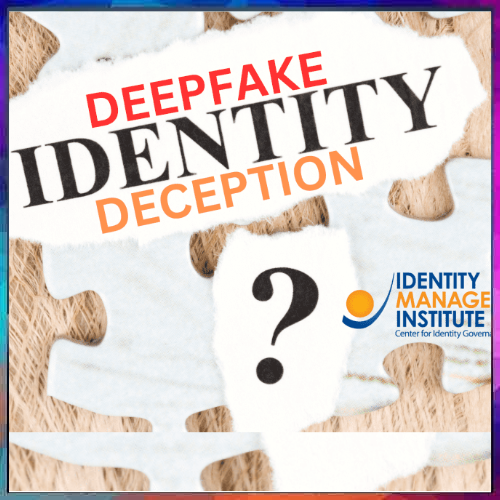
In many ways, the risks of the 'Dark Web' are the same as those that may be encountered in the 'Open Web'. The Dark Web accounts for roughly 48% of the internet. This network is open-source software, meaning its codes are available for public view, which enables anonymous communication on the internet.
The dark web has 2.5 million daily active users accessing underground sites with the Tor Network, also known as The Onion Router. The name originates from the idea that the many layers of an onion denote the many levels of security and encryption on the dark web. This network is open-source software, meaning its codes are available for public view, which enables anonymous communication on the internet.
The technology behind the Darknet is not a single program or location. A lot of crimes such as drug sales, credit card fraud, counterfeit currency, leaked data, counterfeit passport sale, malware forums, child pornography and several other criminal activities flourished through the darknet. Most users of the dark web are young. In fact, 35.9% of them fall into the 18 to 25 categories, followed by 34.8% who are aged between 26 and 35.
More and more citizens are lured by the opportunities that lie in this hidden cyberspace. Let’s see the list of top dark web users per country and their respective market shares:
The United States topped the list with 34.81% users, followed by Russia 11.46%, Germany- 7.16%, The Netherlands- 6.92% and France-3.29%.
India is the country with the most users of the dark web and in contrast, Australia and South America are the least popular. The report says, the population of India has the largest per capita usage of the darknet than anywhere else in the world. India has the highest percentage of the world population using the dark web, making up 26% of all countries.
As per IndustryARC, the global Dark Web Intelligence Market size is projected to surpass the $840 million mark by 2026 growing at an estimated CAGR of more than 20.1% during the forecast period 2021 to 2026. Darknets are connections that are made between or amongst trusted peers and a few of them include TOR, Freenet, or the Invisible Internet Project (I2P).
A report says, demand for malware on the dark web outstrips supply up to three times. The current massive demand for malware has resulted in criminals now developing and sourcing new tools to improve the supply chain. One of the most popular includes ‘malware as a service’ or ‘malware distribution for hire’, as dark web statistics on malware show.
Government and other legal bodies monitor the dark web with the help of intelligence tools, and control the illegal activities that can be made for legal or proper security use could be a good sign and from recent years governments of several countries are focusing on doing so.
See What’s Next in Tech With the Fast Forward Newsletter
Tweets From @varindiamag
Nothing to see here - yet
When they Tweet, their Tweets will show up here.





























